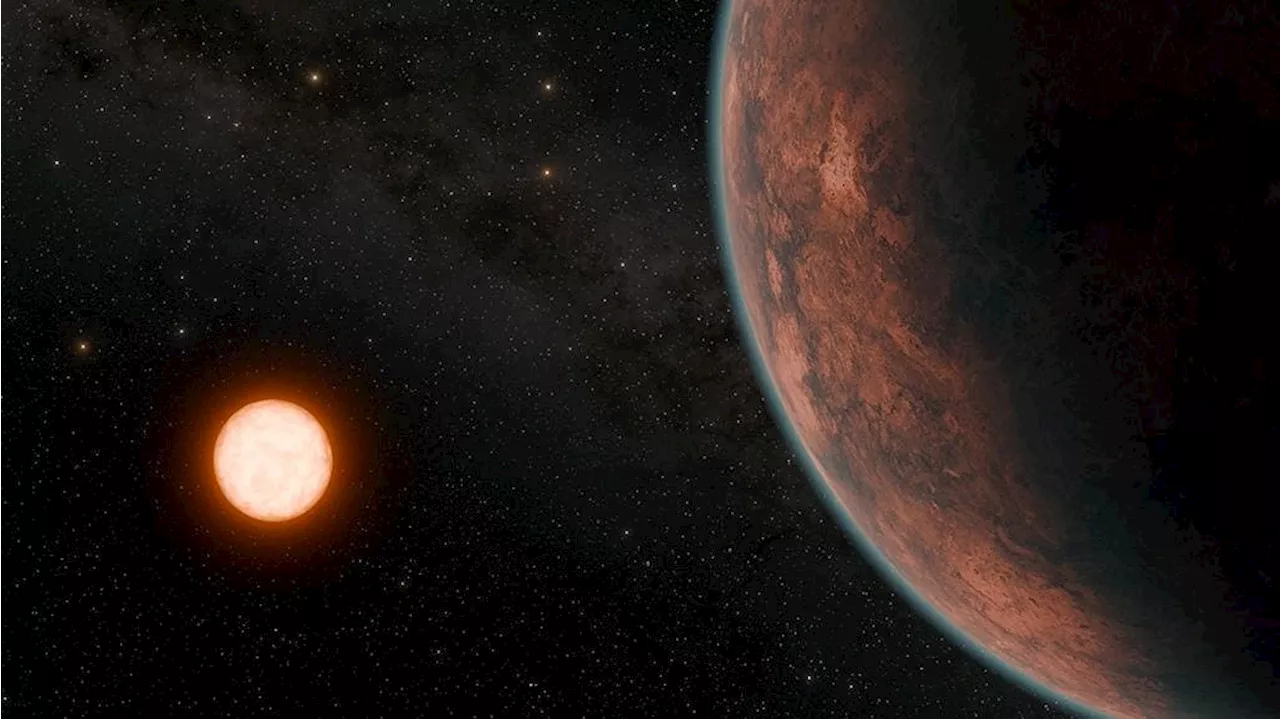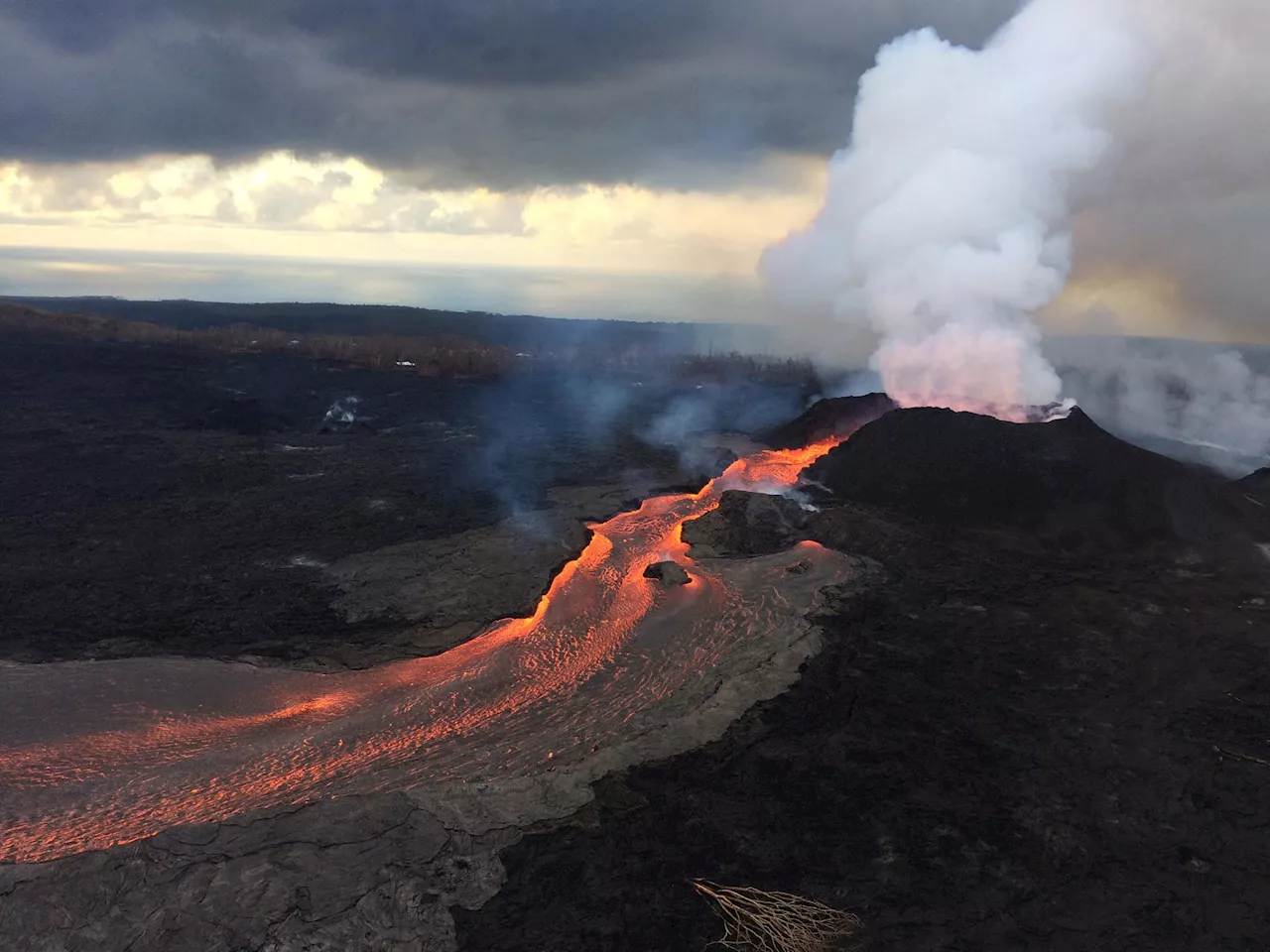Lenses are used to bend and focus light. Normal lenses rely on their curved shape to achieve this effect, but physicists from the University of Amsterdam and Stanford University have made a flat lens of only three atoms thick that relies on quantum effects. This type of lens could be used in future augmented reality glasses.
Scientists create the thinnest lens on Earth, enabled by excitons retrieved 30 May 2024 from https://phys.org/news/2024-05-scientists-thinnest-lens-earth-enabled.html
This document is subject to copyright. Apart from any fair dealing for the purpose of private study or research, no part may be reproduced without the written permission. The content is provided for information purposes only.50 minutes agoUse this form if you have come across a typo, inaccuracy or would like to send an edit request for the content on this page. For general inquiries, please use ourThank you for taking time to provide your feedback to the editors.
Your feedback is important to us. However, we do not guarantee individual replies due to the high volume of messages.to let the recipient know who sent the email. Neither your address nor the recipient's address will be used for any other purpose. The information you enter will appear in your e-mail message and is not retained by Phys.org in any form.Get weekly and/or daily updates delivered to your inbox.
Physics News Science News Technology News Physics Materials Nanotech Technology Science
United States Latest News, United States Headlines
Similar News:You can also read news stories similar to this one that we have collected from other news sources.
 Scientists unveil Mission Impossible 4-inspired smart contact lensesBased on radio frequency, the eye-tracking smart content lenses don't require battery or conventional silicon chips.
Scientists unveil Mission Impossible 4-inspired smart contact lensesBased on radio frequency, the eye-tracking smart content lenses don't require battery or conventional silicon chips.
Read more »
 Layer of Earth Puzzling Scientists Finally Has Origin Revealed'Iron-rich peroxide, formed from the ancient water within the magma ocean, has played a crucial role in shaping the D' layer,' researcher Qingyang Hu said.
Layer of Earth Puzzling Scientists Finally Has Origin Revealed'Iron-rich peroxide, formed from the ancient water within the magma ocean, has played a crucial role in shaping the D' layer,' researcher Qingyang Hu said.
Read more »
 A Nearby Planet Could Be Earth 2.0 Or An ‘Evil Twin,’ Say ScientistsI'm an award-winning journalist writing about the night sky and eclipses.
A Nearby Planet Could Be Earth 2.0 Or An ‘Evil Twin,’ Say ScientistsI'm an award-winning journalist writing about the night sky and eclipses.
Read more »
 Scientists have discovered a theoretically habitable, Earth-size planetTwo teams of scientists have discovered a theoretically habitable planet called Gliese 12b that’s smaller than Earth but bigger than Venus, just 40 light-years away.
Scientists have discovered a theoretically habitable, Earth-size planetTwo teams of scientists have discovered a theoretically habitable planet called Gliese 12b that’s smaller than Earth but bigger than Venus, just 40 light-years away.
Read more »
 Starmus 2024: Scientists and musicians unite in Bratislava to celebrate planet EarthDaisy Dobrijevic joined Space.com in February 2022 having previously worked for our sister publication All About Space magazine as a staff writer. Before joining us, Daisy completed an editorial internship with the BBC Sky at Night Magazine and worked at the National Space Centre in Leicester, U.K.
Starmus 2024: Scientists and musicians unite in Bratislava to celebrate planet EarthDaisy Dobrijevic joined Space.com in February 2022 having previously worked for our sister publication All About Space magazine as a staff writer. Before joining us, Daisy completed an editorial internship with the BBC Sky at Night Magazine and worked at the National Space Centre in Leicester, U.K.
Read more »
 Earth Scientists Uncover an Explosive New Type of Volcanic Eruption at KīlaueaScience, Space and Technology News 2024
Earth Scientists Uncover an Explosive New Type of Volcanic Eruption at KīlaueaScience, Space and Technology News 2024
Read more »
